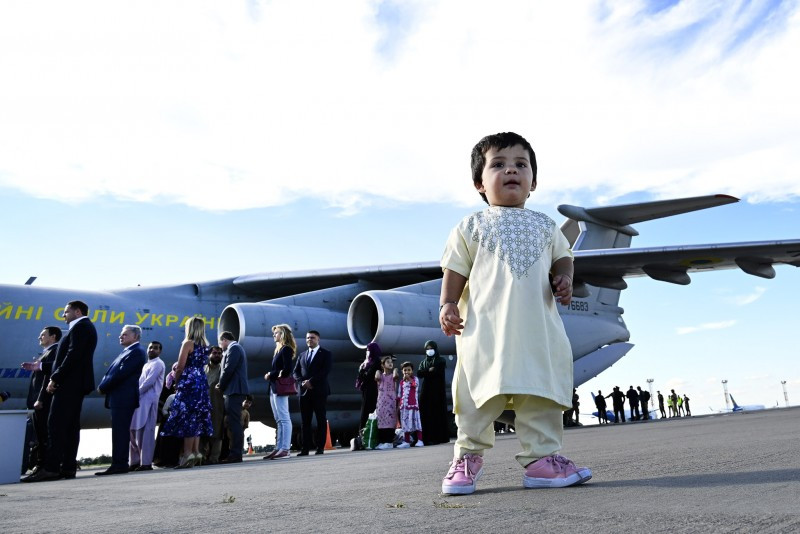Distress from afar
Winnipeg Afghans restless following Taliban takeover, hopeful for incoming families
Close your eyes and envision education for all, peaceful gatherings and women rising the workforce ladder. This was Afghanistan’s trajectory before the atrocities that have flooded media outlets in the past weeks.
“Women were able to go to school, be able to work and be a part of the community. They were free to pursue their dreams ... It was nothing like what is happening right now,” Mariam Omar, chair of the Canadian Women for Women in Afghanistan Manitoba chapter, says.
Having grown up in Afghanistan and moved to Winnipeg in the early ’80s, Omar, her sister, and mother were sponsored by Canadian friends they had met in Afghanistan. They were fortunate to flee before the first Taliban takeover from 1996 until 2001 and weren’t there to witness that regime’s unsettling reality.
Yet, with a heavy heart, Omar spoke about her untarnished memories residing in Afghanistan when the opportunities were available for women to have a place to flourish. Her mother was allowed to be a teacher, while Omar and her sister were able to attend school without any restrictions.
Years after her move to Winnipeg, Omar went to a symposium in Calgary in 2004 and was surprised to find out about the Canadian Women for Women in Afghanistan organization (CW4WAfghan), which was primarily composed of Canadians.
Omar felt guilty for not doing more for her own community. Inspired by the cause and eager to give back, she decided to open the CW4WAfghan Manitoba chapter.
“It was at that moment that I decided that I would come to Winnipeg and open a chapter, because I couldn’t reconcile with the fact that (I), as an Afghan, wasn’t doing anything while these Canadians were banding together.”
The CW4WAfghan Manitoba chapter has organized annual fundraisers to support women and children with programming in Afghanistan, as well as to inform Canadians about the importance of improving Afghan women’s access to education so that they can achieve a greater purpose for their future.
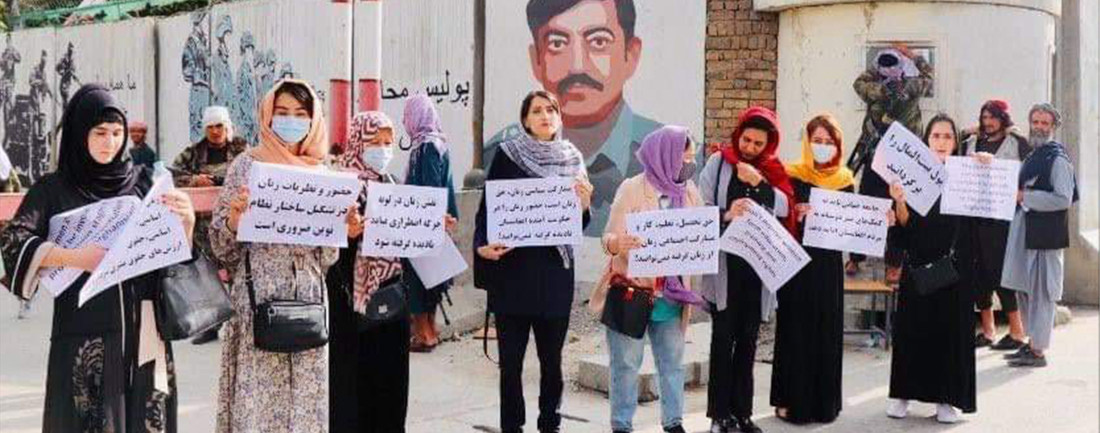
On Aug. 19, four days after the Taliban retook Kabul, a group of women protest in the Afghan capital against the militant group’s abysmal record on women’s rights. (Wikimedia Commons)
History threatens to repeat
The freedom for women to grow and prosper is now in question since the Taliban returned to power with rampant chaos. An extremist, ultraconservative Islamist group with religious, political and militant elements, the Taliban has its roots in the mujahideen paramilitary factions which fought against invading Soviet forces from 1979 to 1988. Most of the Taliban’s early leadership came from among the mujahideen fighters, who were supported by the US (among other countries) in the form of money and weapons. Mujahideen political parties formed a new Afghan government in 1992.
The Taliban emerged in 1994 in opposition to the new mujahideen government. From 1996 until 2001, it ruled over most of Afghanistan, pledging peace and security through the strict enforcement of their controversial interpretation of Sharia law. This included public executions and amputations as punishment for murderers and adulterers. It was a shaky reality for women
at that time. They were required to wear all-covering burqas and couldn’t leave their homes unaccompanied by a man. Many were forced to marry Taliban soldiers and girls were forbidden from attending school. These former stern conducts, which were set aside for over 20 years, are now no longer in the past.
“As we speak right now, there are reports that women are being forced to marry Taliban soldiers. Taliban soldiers are going (from) home to home asking for single women and girls and their names ... Students who are in university and are women were told to go home and not come back. I read that girls who had prospered in the field of sports, they are all hiding or burning or burying all (their) equipment, so that the Taliban cannot find them and therefore execute them,” Omar says.
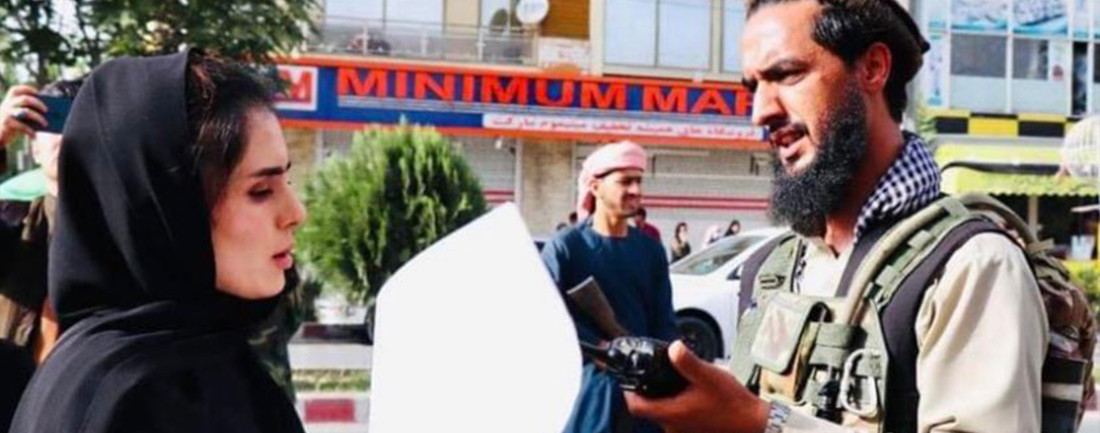
Crystal Bayat, a 24-year-old Afghan human rights activist, is confronted by a member of the Taliban at the Aug. 19 protest. (Wikimedia Commons)
Despite Taliban officials claiming that things have changed since their first rise to power and that women will have the chance to work in the government and receive
proper education, some of their actions contradict their speech. Reuters reported on Sept. 6 that those women who have been allowed to return to universities are separated from men by curtains or boards, taught separately, or segregated to certain areas of campus. This only deepens the amount of fear of death threats if women continue to work in their industries or return to university classes.
“Although they say that they have changed, their actions do not support their rhetoric ... The advancement that women made in the last 20 years after the Taliban fall has been incredible,” Omar says. They were flourishing. They had the opportunity to reach their full potential.”
Evacuations and departures
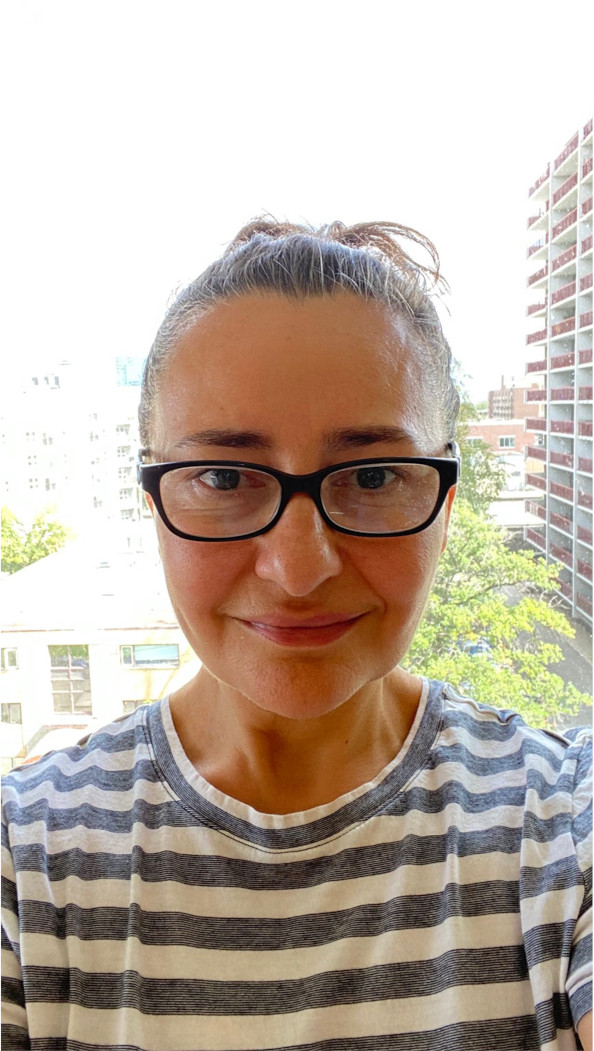
Mariam Omar is the chair of the Manitoba chapter of Canadian Women for Women in Afghanistan. (Supplied)
The distress is universal at this point. Violence in the Kabul airport affected everyone trying to leave with the legal documents to fly out of the country. The Canadian government has finalized its evacuation plan, transporting more than 3,700 people from Kabul, ranging from incoming refugees to Canadian citizens. There are also 5,000 Afghan refugees currently in United States military bases, who will be resettled to Canada.
This news led families in Winnipeg and the rest of the country to feel unsettled about the security of loved ones left behind (as of Aug. 31, there were still about 1,250 Canadians in Afghanistan) and has stirred doubts on how many more people will get the chance to leave Kabul.
More than 8,000 people have applied to come to Canada, and, according to Canada’s assistant deputy minister for immigration, refugees and citizenship Daniel Mill, two-thirds of these applications have already been processed. Dr. Shauna Labman, associate professor of human rights at Global College at the University of Winnipeg, talks about the ongoing processes to ensure more Afghans arrive in the country.
“There are two special programs that have rolled out. The first one is the evacuation program and (the second is) a resettlement program for those outside of Afghanistan,” she says.
According to Immigration, Refugees and Citizenship Canada, the first program is geared toward Afghan nationals and their family members who have assisted the Canadian government.
The second one, known as the special humanitarian program, will help Afghan nationals who are outside of Afghanistan and who don’t have a durable solution in a country other than Canada. Women leaders, human-rights advocates, LGBTI individuals, journalists and those who helped Canadian journalists, immediate and extended family members are eligible for the special humanitarian program. Canada has indicated it will resettle 20,000 Afghans through both government resettlement and private sponsorship. Sponsorship means groups in Canada can come together to support and assist refugees for their first year in Canada.
There is also work being done for Afghans already in Canada. Processing for family reunification, permanent residence and applications for dependent Afghan family members overseas, and temporary residence including extensions for Afghans in Canada and those abroad, have all been prioritized with some fees waived.
At the Immigration and Refugee Board of Canada, all files related to Afghans are being expedited. All these efforts combined are in place to ensure that as many Afghans arrive in Canada and reunite with the rest of their family members and acquaintances as possible.
“So there are all these moving pieces of evacuation, resettlement and asylum claims for refugee status in Canada and recognized protected persons who want to bring their families. There are all these different wheels in play, but, ultimately, they are working to get Afghans here, particularly Afghans with family,” Labman says.
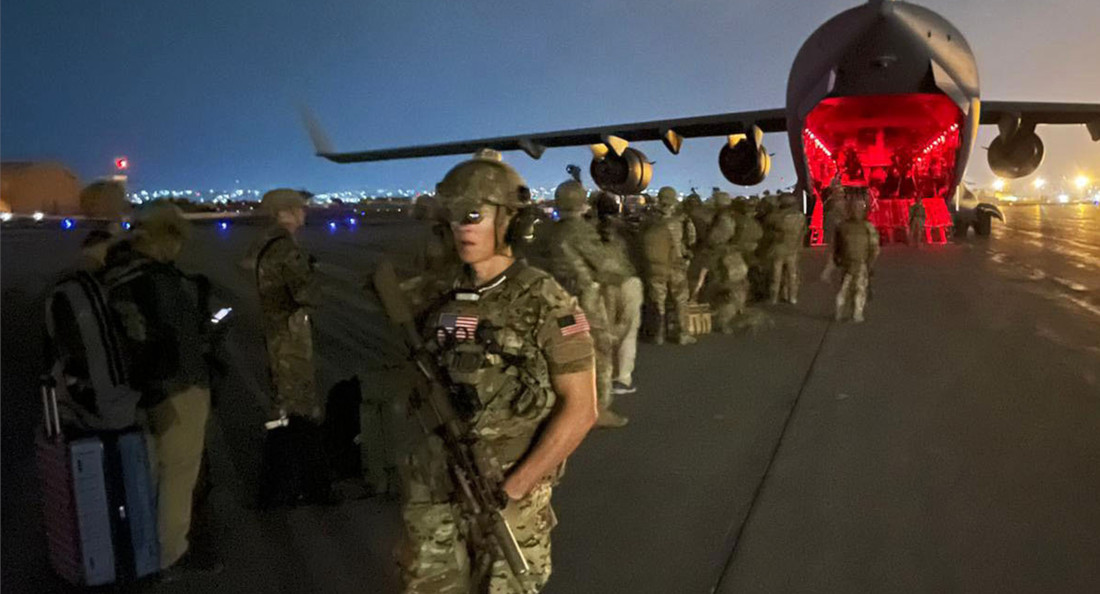
US paratroopers from the 82nd Airborne Division board the last American airplane to leave Afghanistan on Aug. 30. The US’s exit strategy has been criticized by some for facilitating the Taliban’s
rapid takeover of the country. (Wikimedia Commons)
Arrival and resettlement
Aside from the ongoing applications that are still being processed, some Canadians are asking what will happen to the refugees and residents who arrive in the country. Are any people coming to Winnipeg specifically?
Ariana Yaftali, co-founder of the Afghan-Canadian Women’s Organization and a human-rights advocate, says that despite the uncertainty and distress that the Winnipeg Afghan community is feeling at the moment, there will be some large families arriving in the city.
“We are going to get some numbers here in Winnipeg and in Manitoba. We have been contacted by some agencies here in Winnipeg to know what we can do as a community,” she says.
There is already an established Afghan community in the city. Together, they hope to welcome new families to Canada sooner rather than later.
“We have to have hope. What I can do is provide that emotional support. We are meeting politicians and contacting agencies. People are calling, so that is a good sign ... The light at the end of the tunnel is that there are some people that have been rescued,” Yaftali says.
“We are providing interpreters (and) volunteers. We are also asking for donations, and our greatest need right now is housing ... They are coming from a very chaotic situation, so they need time to relax and process everything, and, hopefully, we will walk carefully with them in that path. That way they can settle in Winnipeg successfully.”
This hope amidst the turmoil sparked by the daily events happening in Afghanistan brings out a small sense of relief to the Winnipeg Afghan community during this time. Yet, all efforts are welcome to extend a helping hand to the incoming families who will become fellow neighbours.
When asked about how Winnipeggers should respond to these newcomers who have faced a nerve-wracking reality for the past month, Yaftali answered: “Be open, don’t judge and welcome them into your community.”
To support the Afghan community through donations or volunteer opportunities, contact local refugee organizations or reach out to Manitoba’s chapter of the Canadian Women for Women in Afghanistan at [email protected].
Published in Volume 76, Number 1 of The Uniter (September 9, 2021)

